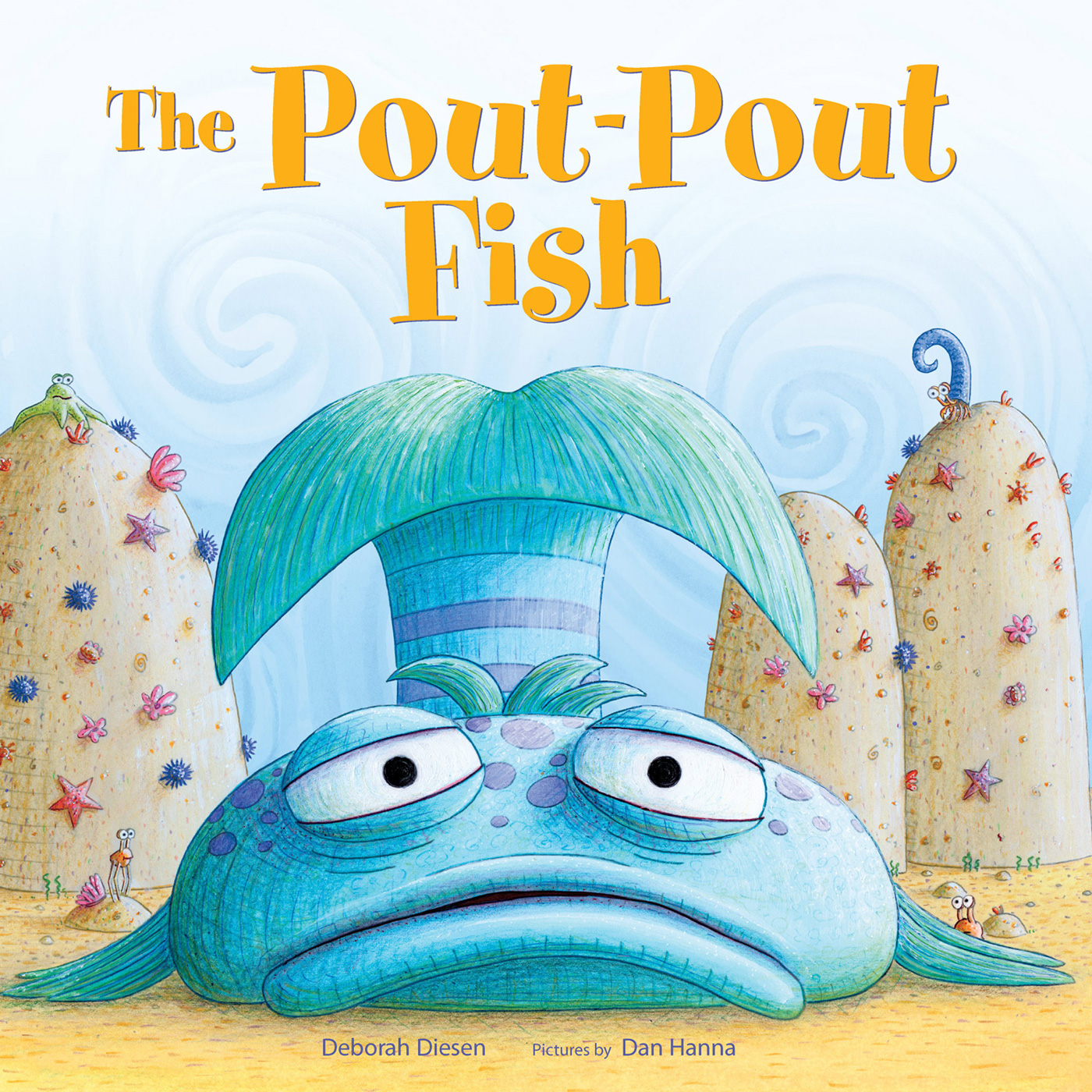
- Browse Category
Subjects
 We Begin at the EndLearn More
We Begin at the EndLearn More - Choice Picks
- Top 100 Free Books
- Blog
- Recently Added
- Submit your eBook
password reset instructions

The combination of conductive polymer technology with the ability to produce nanofibres will facilitate major new developments in biotechnology and information technology, benefiting such areas as scaffolds for tissue engineering and drug delivery systems; wires, capacitors, transistors and diodes; sensor technology; biohazard protection; and energy transport, conversion and storage.
The work on nanofibrous materials presented here is designed, first of all, to instruct scientists in the most advanced methods for the formation of nanofibres and nanotubes. The second section covers the physics and chemistry of nanofibres, while the third deals with computer simulation and modelling. The applications described in section 4 include biomedical applications, nanotube-based devices, electronic applications of nanotubes and nanofibres, nanofluidics, and composites. Finally, the fifth section discusses recent developments in nanomaterials, nanoparticles and nanostructures.
Less- File size
- Print pages
- Publisher
- Publication date
- Language
- ISBN
- 9.21 X 6.14 X 0 in
- 543
- Springer-Verlag/Sci-Tech/Trade
- November 1, 2004
- English
- 9781402025488



























